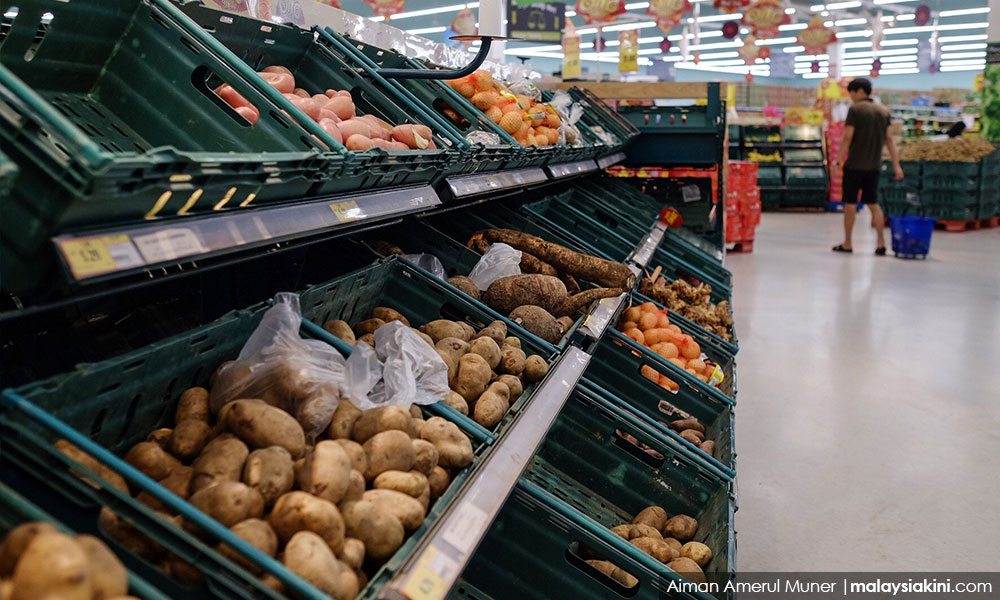MP SPEAKS | Umno's former prime minister Najib Abdul Razak must explain how the sales and services tax (SST) burdens the people more as compared to the goods and services tax (GST) when the SST collects RM21 billion a year, as compared to the projected RM44 billion from GST.
The federal government intends to revert to the previous system prior to the GST by implementing the SST on Sept 1.
The SST will replace the GST, which will be repealed accordingly.
False claims by Umno that the SST will burden the people even more than the GST are illogical when SST collects RM23 billion less than the GST.
According to them, my announcement that reverting to the old system of sales tax at 10 percent and services tax at six percent means that the tax rate would be at 16 percent; higher than the six percent GST.
This is untrue because we cannot simply add up the sales tax and services tax which would be equating apples with oranges.
How could the SST burden the people more than the GST when the expected collection from the SST is estimated at only RM21 billion for a full year while the GST had expected to collect RM44 billion in 2018, according to the previous government’s projection.
Hence, compared to the GST, the new Pakatan Harapan government has “returned” RM23 billion to the rakyat.
Umno should try not to deceive the rakyat that they will be worse off with SST when the same SST system had been adopted by Umno before April 1, 2015, and did not cause hardship to the ordinary rakyat like the GST had done.

Here are several facts which will expose the fallacies being circulated today:
- The sales tax at a rate of five percent and 10 percent only applies to selected manufactured and imported products and not all products, unlike the GST.
- The six percent service tax applies to selected services and not all services, unlike the GST.
- The sales tax is imposed on manufacturers’ and importers’ price, while the GST was imposed on the final consumer price. Hence it is wrong to claim that a “10 percent sales tax is higher than a six percent GST”.
For example, a manufacturer imposes a 10 percent sales tax (10 sen) on a can of soft drink manufactured for RM1. However, when the same can is sold to a consumer at a 7-Eleven for RM2, a six percent GST of 12 sen would have been imposed. In this case, it is clear that a six percent GST at 12 sen would be higher than a 10 percent SST.
In addition, the Ministry of Finance has undertaken a comprehensive SST review exercise with the assistance of accounting firm Pricewaterhouse Coopers' (PwC) tax consultants to simplify the SST.
PwC will help rationalise tax collection and reporting requirements to ensure that the SST will be even more efficient and less bureaucratic than the GST or even the previous SST system.
PwC will ensure the SST imposed on Sept 1 will be simpler and less cumbersome while preventing leakages and loopholes.
Unlike the GST, which burdens the poor proportionately more, the new SST will also be tweaked and designed to ensure that its impact on the lower income groups will be proportionately less.
The details of the improvements will be announced when the new SST Bill is tabled in Parliament during the current sitting.
LIM GUAN ENG is finance minister and Bagan member of Parliament.
The views expressed here are those of the author/contributor and do not necessarily represent the views of Malaysiakini.

